Dental insurance plans are complex, making it difficult to understand all their rules and regulations. From clauses and limitations to restrictions and regulations, there’s much to learn and understand. Since dealing with insurance plans is a daily dental office task, it’s important to understand their many nuances. One area that many dental professionals struggle with is dental insurance annual maximums. The following are responses to some commonly asked questions about them.
Dental Insurance Annual Maximum Basics
What is a dental insurance annual maximum?
A dental insurance annual maximum is a set dollar amount your dental insurance will pay for treatment in a plan year.
Do HMO plans have annual maximums?
Annual maximums only apply to PPO plans. HMO plans have other restrictions in place, such as no out-of-network benefits. Discount plans also don’t have annual maximums.
Does every PPO plan have an annual maximum?
The majority of PPO dental plans have an annual maximum. Those that don’t may have higher premiums or require a waiting period.
Does an annual maxim apply to orthodontic treatment?
No. Any orthodontic treatment covered by a dental plan will be subject to a separate lifetime maximum.
Dental Insurance Annual Maximum Details
How much does an annual maximum pay?
Annual maximums vary from plan to plan, but most range from $1000-2500 per plan year.
Is the plan year the same as the calendar year?
It varies from insurance plan to insurance plan. Most plan years match the calendar year and restart every January 1st. A few plans are based on the plan’s effective date, meaning they will restart on the anniversary date. For example, if the plan started September 1st, the annual maximum will restart the following September 1st.
What happens when the annual maximum is reached?
When an annual maximum is reached, the insurance plan will no longer pay out benefits under the plan. That’s why it’s essential to confirm not only the plan maximum but also how much of it has been used when verifying insurance.
What is the difference between an annual maximum and a deductible?
An annual maximum is a set dollar amount of treatment an insurance plan will cover per plan year. A deductible is a set dollar amount a patient must pay before their insurance will cover any treatment.
Dental Insurance Annual Maximum Verification
Do I need to verify how many annual maximum funds remain every time the patient has an appointment?
Yes. It’s best to check the amount every time to avoid incorrectly charging the patient and adjusting the account balance.
My patient has met their annual maximum. Are they responsible for the full cost of their treatment?
Yes, once a patient has used their annual maximum benefits, their plan will no longer cover their treatment and they are now responsible for the payment.
It’s the end of the year and my patient hasn’t reached their annual maximum. Will it roll over?
It depends on the plan. Many don’t have rollover benefits, but a few do. Double-check with the insurance when verifying coverage.
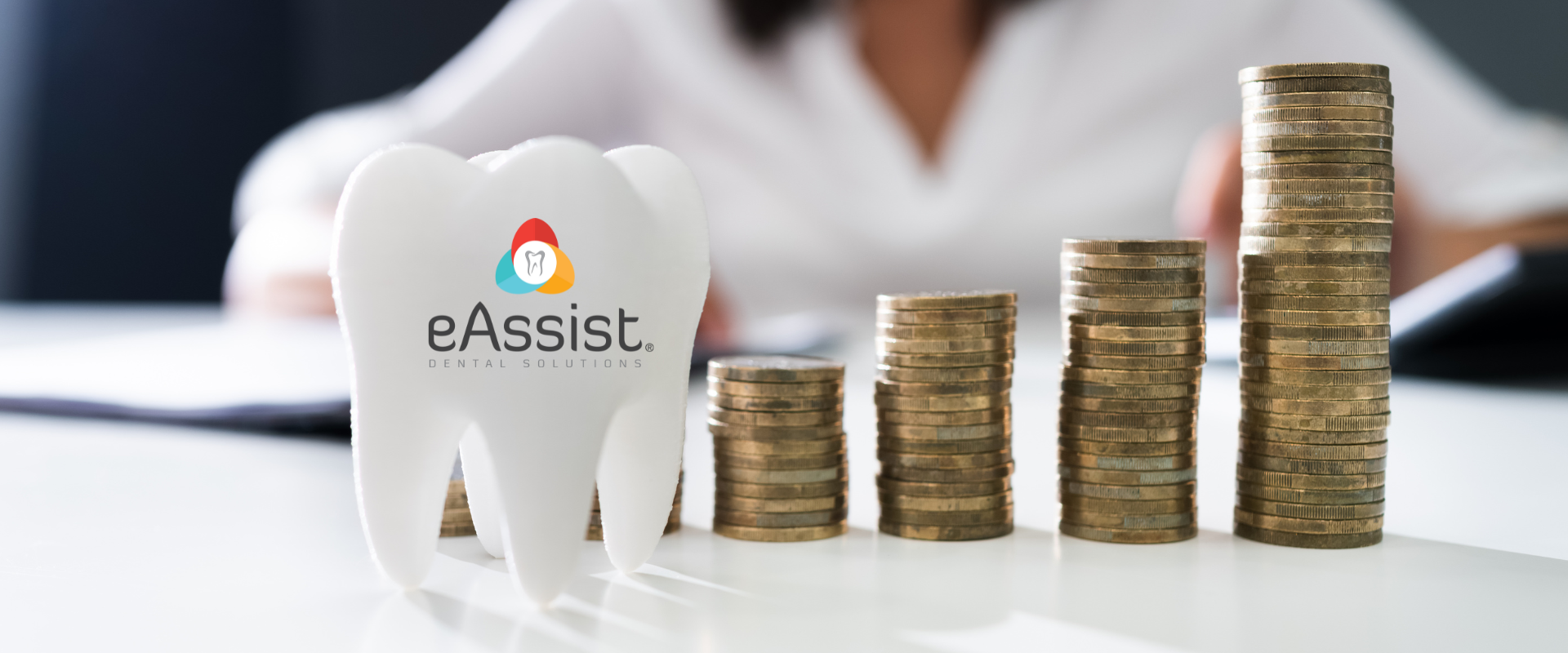
Dental Insurance Annual Maximum Claim Denials
My claim was denied because the annual maximum was reached. Can I appeal?
No. Once an annual maximum has been reached the insurance will no longer issue payment for treatment.
I verified the patient had funds remaining but I just received an insurance denial stating the annual maximum was reached. What should I do?
Double-check your records. If there’s a discrepancy, call the insurance to clarify. On occasion, it may be an error on their part but, most likely, the patient used up their benefits in another office after you last checked them. This often occurs when a patient is visiting both a general dentist and a specialist for related work.
I verified my patient still has annual maximum benefits, but their treatment was denied stating “maximum amount of benefits reached.” Why?
When it comes to EOBs and denials, there’s no standard language used and each carrier’s denial explanation is different. In this case, you will need to do a little research. Most likely, the claim was denied for frequency, not because the annual maximum was met. If you’re ever confused by an insurance denial, don’t hesitate to contact the insurance to clarify.
Annual maximums may seem confusing but are easy to handle once you learn their ins and outs. At eAssist, our Success Consultants are knowledgeable about annual maximums and all other aspects of insurance plans. Consider partnering with us for your dental insurance verification and billing needs. To find out more, complete the form below.

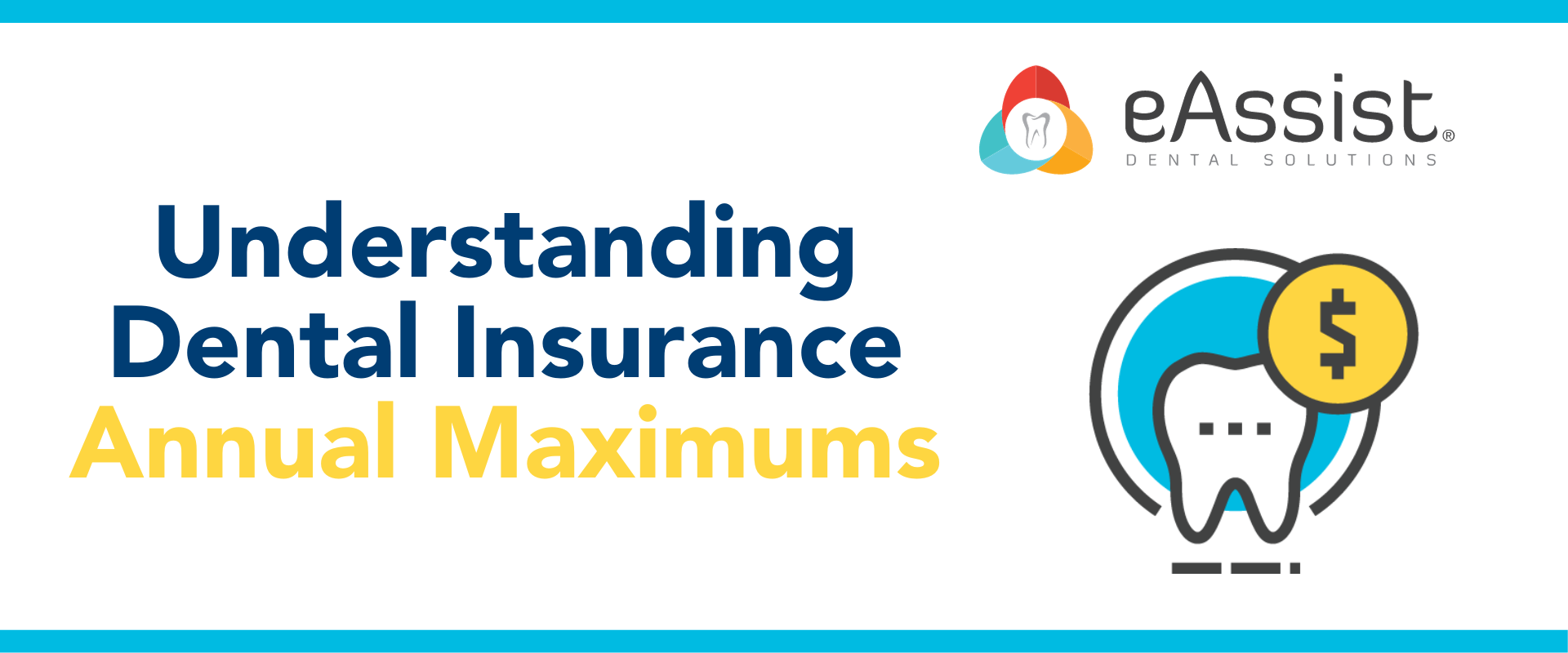
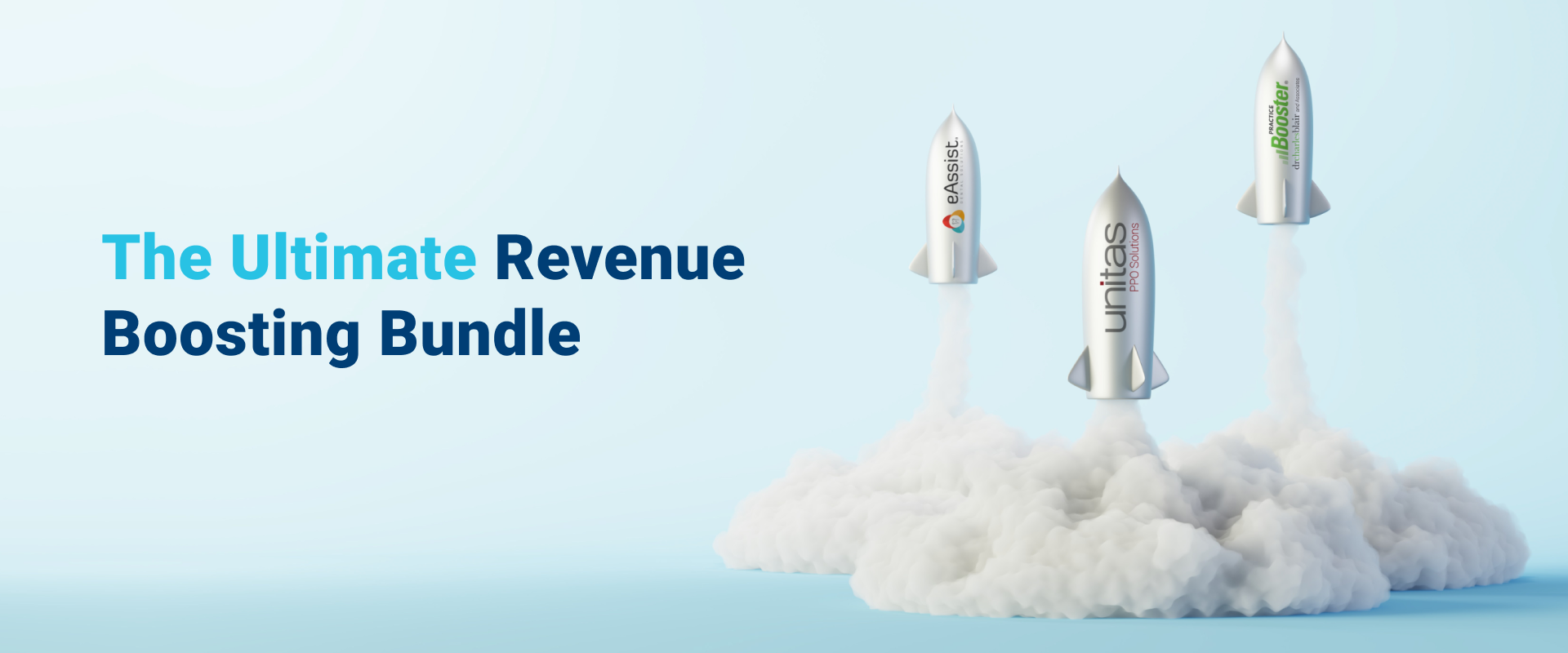

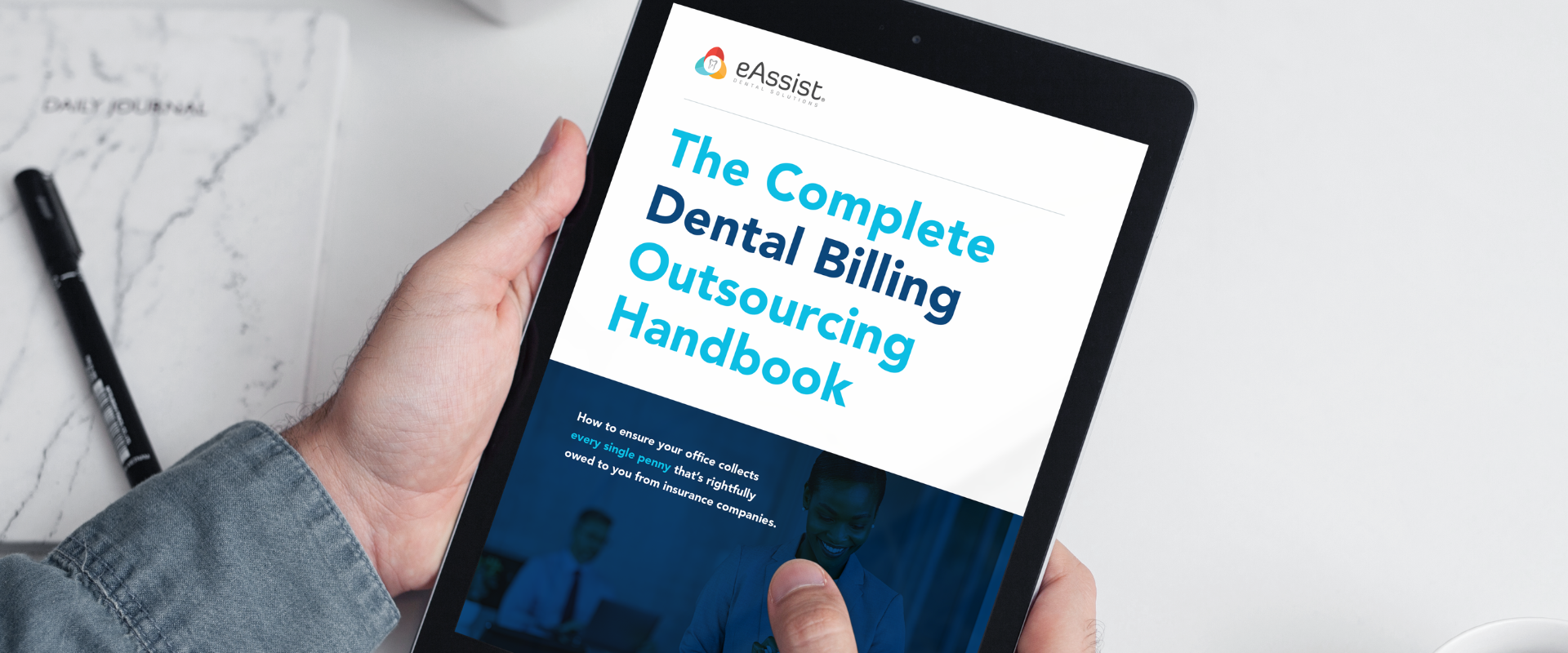

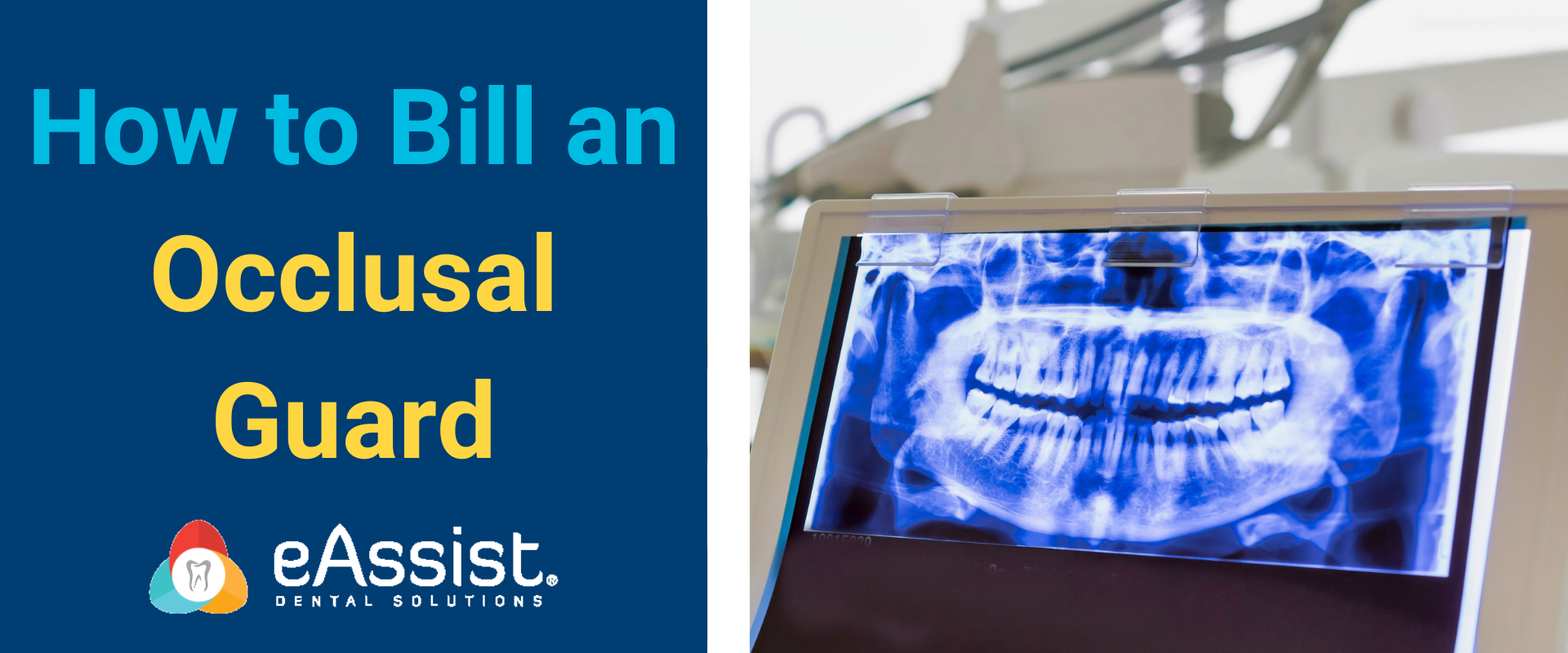


0 Comments